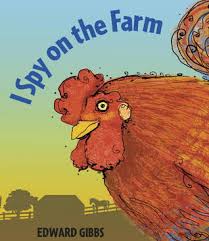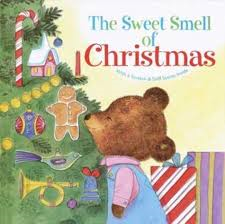 As a seasoned speech-language pathologist I am often asked what toys encourage speech and language development. Today I would like to share my 10 tips for selecting toys as well as my top 10 toys for toddlers and preschoolers. Maybe this will give you some ideas for holiday shopping this year!
As a seasoned speech-language pathologist I am often asked what toys encourage speech and language development. Today I would like to share my 10 tips for selecting toys as well as my top 10 toys for toddlers and preschoolers. Maybe this will give you some ideas for holiday shopping this year!
1. Put Aside Battery Operated Toys
I have found that children speak more while playing in a symbolic manner. When we get rid of the batteries or take them out, there is more time, thought and opportunity for interaction, turn taking and verbalization. Within a quiet environment parents can model words and phrases while playing with a specific toy. Our child can then process this information and add it to their repertoire. It’s almost like learning a routine! I am a fan of kid cameras that take pictures or toys that have microphones. There are obviously exceptions to the rule but I would recommend trying to ditch the batteries and see for yourself. Play doh and play doh cutouts is a wonderful activity to do with your child. You can add plastic knives, other cutouts, plates to expand on the toy. You can also add a teddy bear and have a picnic.
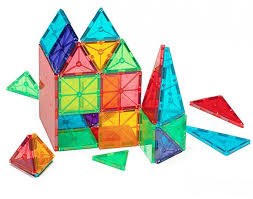
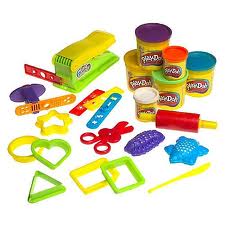
2. Choose Open Ended Toys
What are open ended toys? These are toys that can be used in any way and allow your child to have freedom in how to manipulate and use them. These toys tend to be more basic and traditional. Here are some ideas to get you thinking:
Cars and Trains with tracks
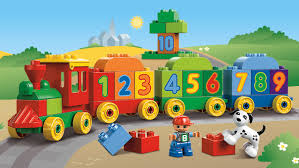
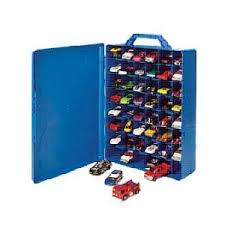
Baby Doll with accessories

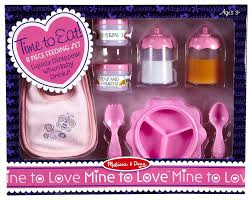
Play Food and kitchen
Dress up clothes or dress up toys
Tea sets

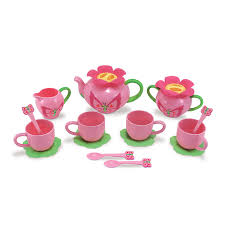
3. Don’t Worry About Gender!
I have found that both girls and boys enjoy playing with cars, trucks, trains and dollhouses. When selecting toys for your child, you don’t stick to gender specific toys. Expose your child to toy kitchens, and baby dolls. All of these toys encourage language, interaction problem solving and pretend play.
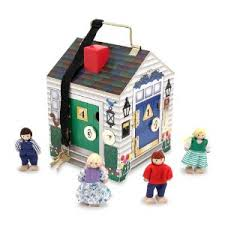
4. Skip the ABC’s and 123’s for now
Knowing letters and numbers is very important as children begin to go to school however focusing on these skills is unnecessary when trying to expand language skills. A child can know all of their letters but not have the ability to ask for milk. Think of functional language. When children are experiencing delays in speaking, play is king. Here are some fun games!
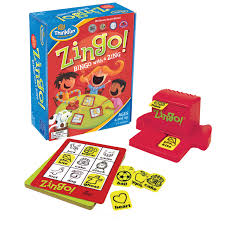
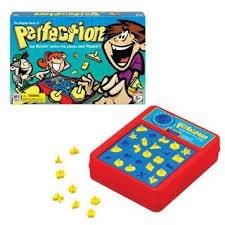
5.Use toys that Promote Movement
I have found that when children move or move toys…..children speak. Play with handheld animals and make sounds, make a tunnel or fort, build a block tower, push your child on a swing or give them a ride on toy! The outdoors can really stimulate language in every way. Take a walk and try to find outdoor animals or objects. You can even take picture and glue them to index cards and put a sticker on the card when you find it!!! This can be a fun activity whether your child is walking with you or if he is in a stroller. See below
6. Don’t Forget to Get Outside!
You don't have to BUY outdoor toys. Head to the park. If you don't have a nearby park try some of these toys and ideas!
-Play with buckets, cups, spoon, tupperware outside with sand or water
-Water play
-Ball play
-Digging with Shovel
-Toy Play House
-Big Box- pretend house!
7. Less is More
So here I have just listed some toy recommendations for you. But, the truth is that less is more. Your child does NOT need toys upon toys! In fact, too many toys can actually be a big negative. Believe it or not, children can get overwhelmed with too many toys and can end up moving quickly from one toy to another which can actually limit their play (and language) opportunities overall. But, sometimes we just have a lot of toys from holidays and birthdays. So how can you keep all these toys but still provide your child with ample opportunities for solid and meaningful play with each? (see below)
8. Consider a Toy Rotation
One solution to having a plethora of toys is to do a toy rotation. Change things up and re-introduce toys that haven't been used for a while. Pair down your playroom so that your child can really learn how to play with his/her toys in a dynamic way.
9. Read to your child regularly/Look at photos
Make a routine of reading to your child a few times a week. Look through a magazine, a family photo album, lift the flap book or interesting picture book. You can even review photos in your iphone from a weekend event and talk about it.
